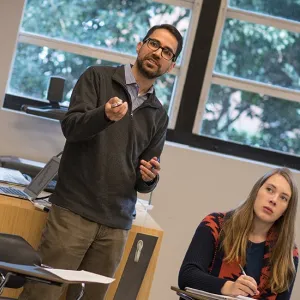As most universities know, policies, programs, and resources aren’t effective unless students know about them, no matter how much time, effort, or funding goes into creating them.
At Rutgers University–New Brunswick, measuring the effectiveness of its initiatives is considered vital to their success. One method the university uses is the Level of Exposure Scale, a tool developed by the Center on Violence Against Women and Children at the university’s School of Social Work, which is discussed in the report Campus Climate Surveys: Lessons Learned from the Rutgers–New Brunswick Pilot Assessment. Designed to measure students’ awareness of programming or resources regarding sexual violence, the scale can be tailored to include campus-specific initiatives.
The university first used the tool in the 2014–15 Rutgers–New Brunswick campus climate survey to provide a baseline measurement of students’ awareness of on-campus sexual violence programming and resources. Future assessments can include additional programming and resources, such as campus events that are part of the Rutgers– New Brunswick action plan, End Sexual Violence Now.
Rutgers also engages in continuous program evaluation, ranging from brief evaluations to larger studies. One example is the randomized control trial, funded by the Centers for Disease Control and Prevention, of its SCREAMing to Prevent Violence curriculum.



